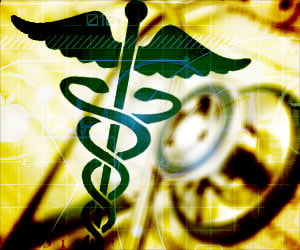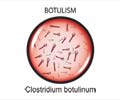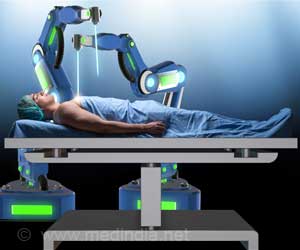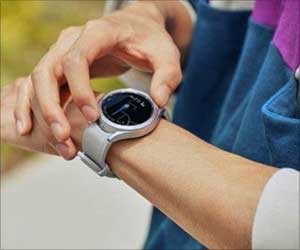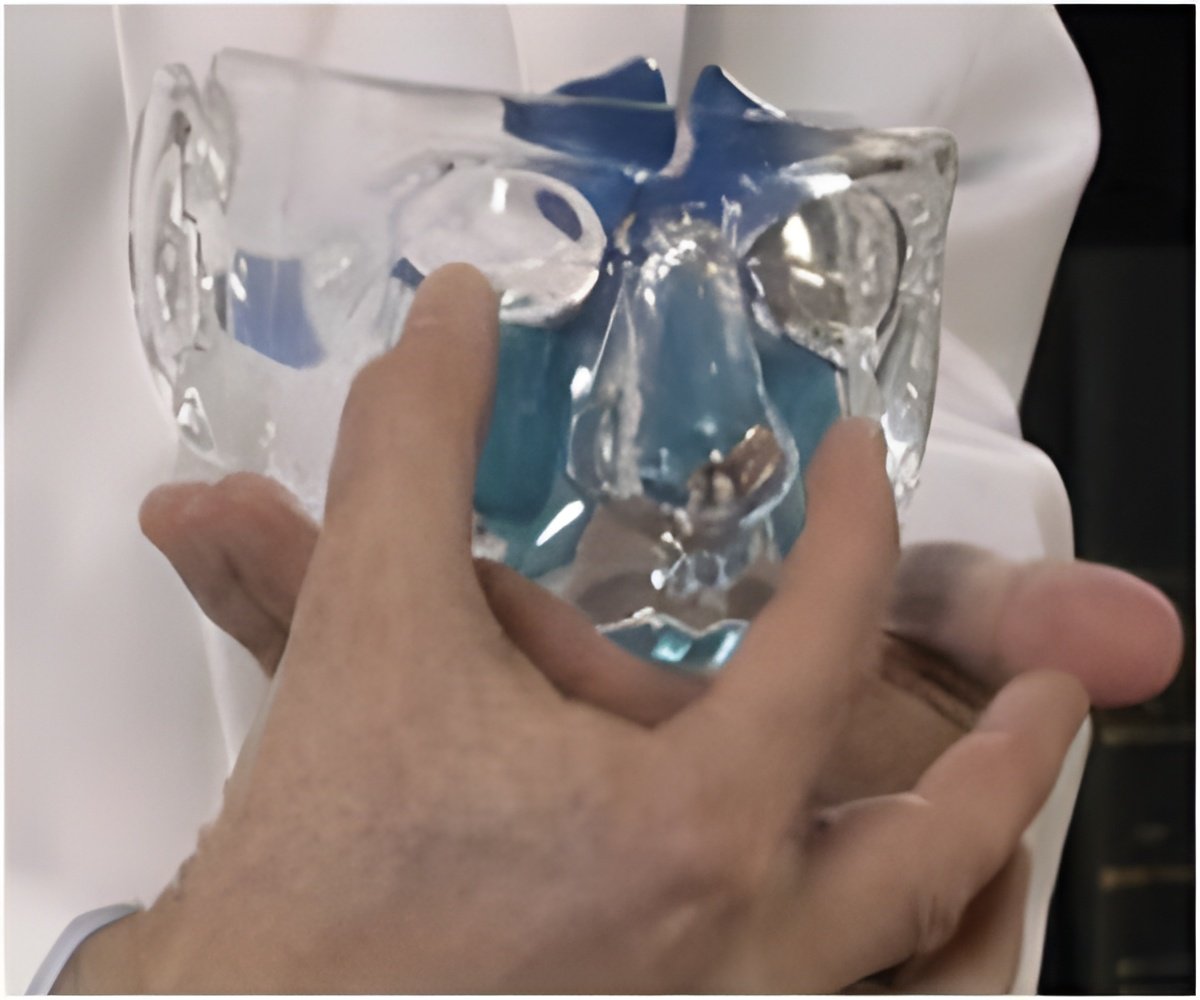
"This is a really important step. The prototype clearly shows that our research at the university has applications in industry," said Nosang Myung, a professor at the University of California, Riverside, Bourns College of Engineering.
Steve Abbott, president of Nano Engineered Applications, Inc., which is designing the product and expects to begin selling it within a year, said the company is now focused on writing software related to the device and working to make it smaller.
At present, it's about four inches by seven inches. The goal is to make it the size of a credit card. At that size, a multi-channel sensor would be able to detect up to eight toxins. A single-channel sensor device could be the size of a fingernail.
Nano Engineered Applications is now looking to collaborate with companies that could bring the production version to market, Abbott said.
He believes the product will initially be commercialized on the industrial side for monitoring such things as gas and toxin leaks, and emissions.
Advertisement
The prototype also includes a computer chip, USB ports, and temperature and humidity sensors. Version 2 of the prototype, due out in 30 days, will integrate a GPS device and a Bluetooth unit to sync it with a smart phone.
Advertisement



